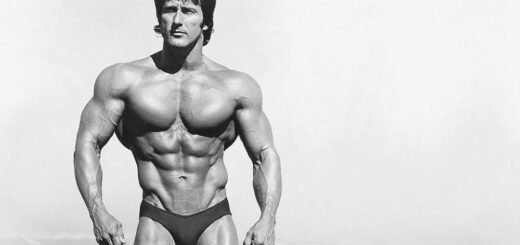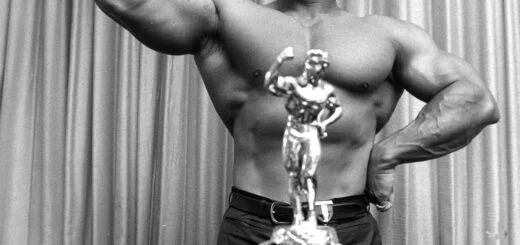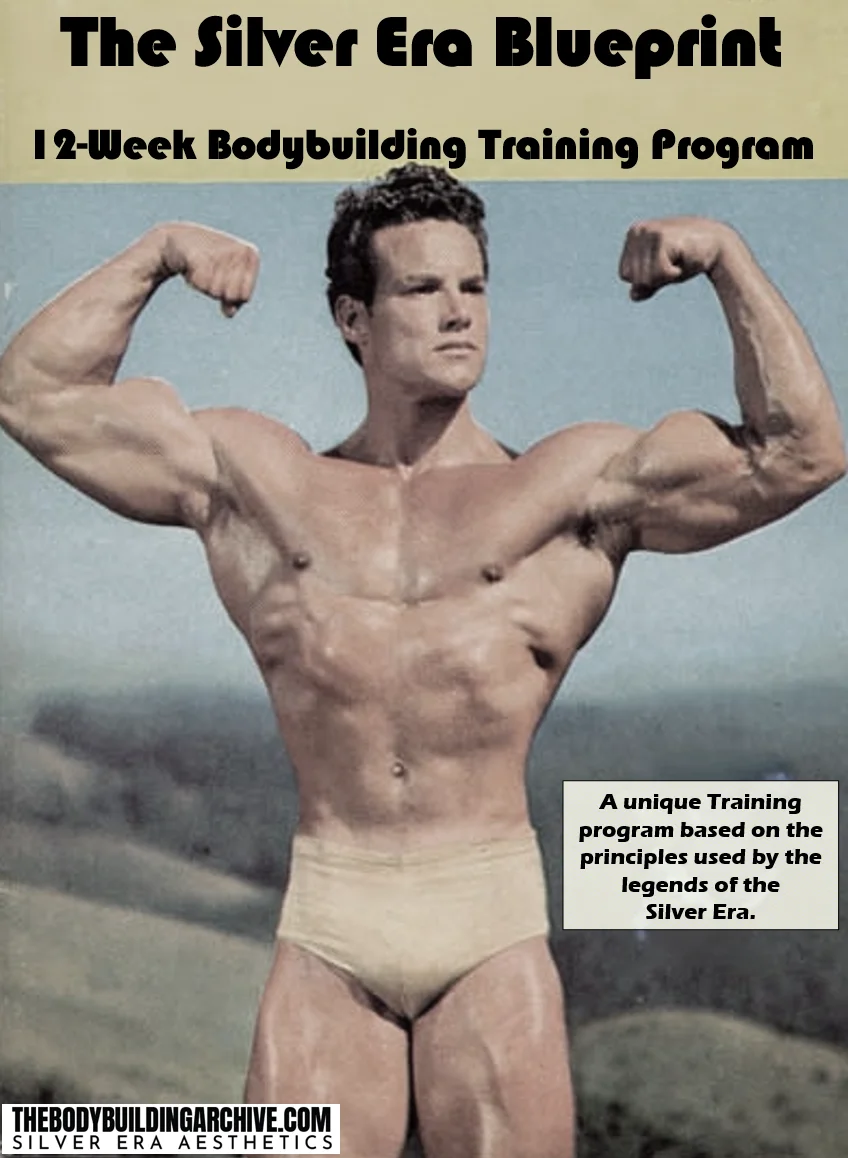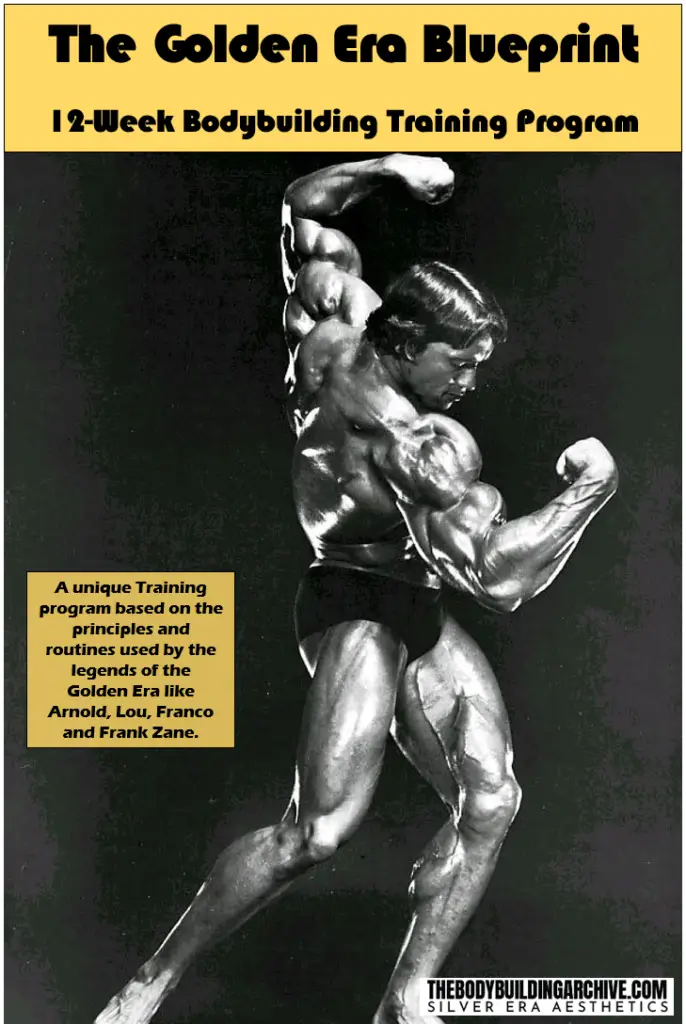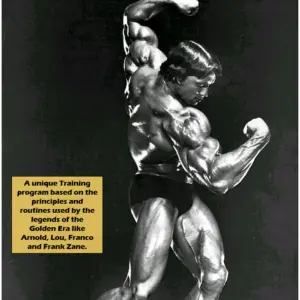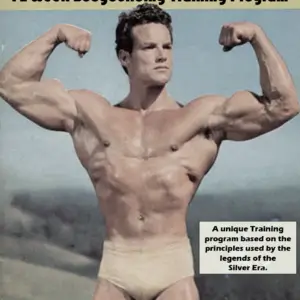Mike Mentzer: Mr. Heavy Duty
July 14, 2022
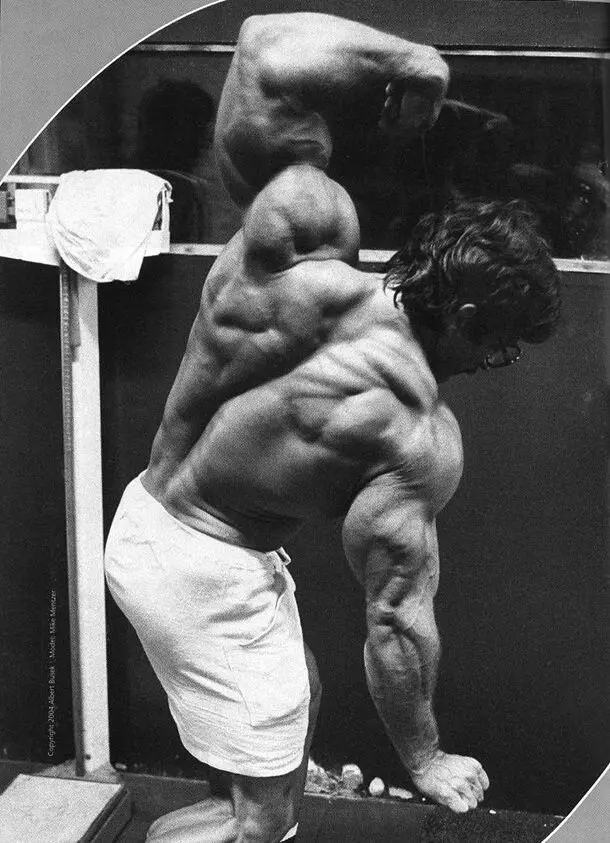
Mike Mentzer was a genius and a maverick in the sport of bodybuilding. He had a unique approach to training and nutrition and went against the grain. Mike’s career saw massive success and his legacy in bodybuilding can still be seen today. His journey wasn’t easy. Mike’s life was full of tragedy and misfortune.
Mentzer was born in Pennsylvania in 1951. As with most bodybuilding icons, he showed a passion for the sport early. Mike was twelve when he took to the weights, inspired by the muscle magazines of the time. Bill Pearl was his idol. Mentzer’s life changed when he traveled to the Mr. Olympia contest in 1965. On this day Mentzer met the two-time Mr. Olympia Winner, Larry Scott.
Mentzer decided he would become Mr. Olympia. At age thirteen Mike outlined what his future career would look like; Mr. America 1972, Mr. Universe 1974, & Mr. Olympia 1976. Although Mike was a little off with the dates, his ambition was clear and he set a high standard for himself.
Mentzer’s dedication never wavered. He reached a bodyweight of 75kg by age fifteen. It’s rumored he could bench press 370lbs (170kg) at the time. Mike continued to train and excelled in the gym and his academic pursuits. Mentzer joined the US Air Force after graduating from High School. This is where his training progressed. Mike began lifting three hours a day, six days a week.
Mentzer entered his first competition aged 18 and just two years later he took home first place in the Mr. Lancaster show, in 1971. In that same year, Mike also placed 10th in the Mr. America contest (AAU). Casey Viator won the show. Despite being Mike’s biggest defeat to date, the contest changed his bodybuilding career forever. Mentzer met Viator at the show, who introduced him to his trainer, Arthur Jones. Jones was the inventor of Nautilus equipment and later gained fame through The Colorado Experiment.
Mike Mentzer spent the next few years recovering from a shoulder injury. His return came at the 1975 Mr. America show where he placed third, behind Robby Robinson and Roger Callard. The next year Mike Mentzer took home first place in the Mr. America contest. In 1978 Mentzer cemented his name in history. Mike took home the Mr. Universe title with a perfect score of 300. This is the first time a perfect score has been achieved. After the show, Mentzer turned professional in the sport of bodybuilding.
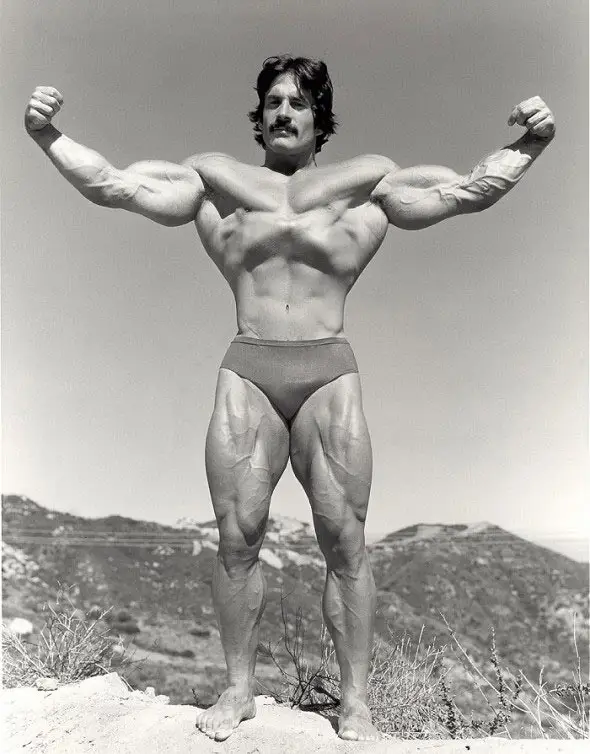
Mike later won the heavyweight division at the 1979 Mr. Olympia contest with another perfect score. The overall title went to Frank Zane who beat him by one point on the posing round. The Mr. Olympia competition the following year was far from civilized. The 1980 competition saw Arnold return to the stage on one day’s notice, much to the annoyance of Mentzer. Arnold took over the show and even altered the weight classes of the competition.
Arnold Schwarzenegger took home first place in the 1980 Mr. Olympia. Arnold’s win didn’t sit well with the audience or the competitors. Mentzer was outraged by the decision and never competed again, citing that the sport was rigged. Mike maintained his opinion on the corrupt nature of judging until the day he died. Mentzer was inducted into the IFBB Hall of Fame in 2002. Below is a list of all of Mentzer’s bodybuilding shows throughout his career.
1971 Mr. America AAU, 10th
1971 Teen Mr America AAU, 2nd
1975 Mr. America IFBB, Medium, 3rd
1975 Mr. USA ABBA, Medium, 2nd
1976 Mr. America IFBB, Overall Winner
1976 Mr. America IFBB, Medium, 1st
1976 Mr. Universe IFBB, MiddleWeight, 2nd
1977 North American Championships IFBB, Overall Winner
1977 North American Championships IFBB, MiddleWeight, 1st
1977 Mr. Universe IFBB, HeavyWeight, 2nd
1978 USA vs the World IFBB, HeavyWeight, 1st
1978 World Amateur Championships IFBB, HeavyWeight, 1st
1979 Canada Pro Cup IFBB, 2nd
1979 Florida Pro Invitational IFBB, 1st
1979 Night of Champions IFBB, 3rd
1979 Mr. Olympia IFBB, HeavyWeight (over 200 pounds) 1st, Overall 2nd
1979 Pittsburgh Pro Invitational IFBB, 2nd
1979 Southern Pro Cup IFBB, 1st
1980 Mr. Olympia IFBB, 5th
What really happened at the 1980 Mr. Olympia contest?
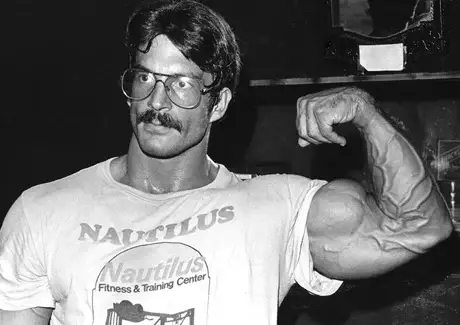
Personal Life
Mentzer had a dominant physical presence, but his intellect is often overlooked. Mike excelled in school and went on the study pre-med at the University of Maryland. When he wasn’t training, Mike spent his time studying genetics, physical chemistry, and organic chemistry. Mentzer was also a keen philosopher and planned to join the field of Psychiatry.
Mike’s passion for philosophy led him to Ayn Rand. The work of Rand focused on objectivism, which outlined that human knowledge and values are objective. They can be defined. Mentzer used the philosophy of objectivism to form the outline of his heavy-duty training system.
Mentzer continued to train bodybuilders after he retired and into his later years. Mike also wrote for Iron Man Magazine and spent a large portion of his time regaining respect in the industry. Mike was an editor for Workout Magazine and dedicated his time to writing. Amphetamines took hold of Mike and he would often go two to three days at a time without sleeping. The magazine was shut down in 1985. That same year Mike lost his father and his ten-year relationship with his fiancee, Cathay Gelfo, broke down. Mike struggled with amphetamines and was in and out of hospital until 1990 when he got back on the straight and narrow.
Mentzer went on to form a clothing line with his brother, Ray Mentzer, and Dorian Yeates, former Mr. Olympia. Yates claimed the heavy-duty training principles of Mike Mentzer helped him win the Mr. Olympia title. The trio launched the apparel brand MYM (Mentzer-Yates-Mentzer), also known as Heavy Duty Inc.
Mike was close with his brother. Ray Mentzer was also a decorated bodybuilder, winning the 1979 Mr. America contest. Tragedy struck in 1999 when Ray began receiving kidney dialysis. Ray needed a transplant, which Mike volunteered for. After getting checked out, it appeared Mike had a very serious heart problem and therefore couldn’t be operated on. The two brothers moved in together and grew even closer. Mike Mentzer passed away unexpectedly in 2001. Mike was found by his brother after suffering a heart attack in the night. Just 48 hours later, Mike’s brother, Ray Mentzer, passed away.
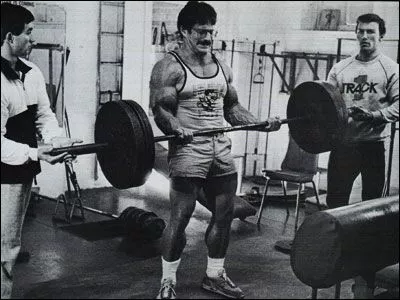
Training & Workouts
Mentzer’s introduction to training started like most other bodybuilders. Mike followed the advice of bodybuilding magazines in his pursuit of looking like Bill Pearl. This generally meant training six days a week, for up to three hours a session. This all changed when he met Arthus Jones.
Arthur Jones advocated for High-Intensity Training (HIT). This is the technique he used to get Casey Viator into shape as he became the youngest ever Mr. America winner. Jones trained his clients using one 20-rep set per exercise. Mentzer learned from Jones and altered the approach to suit his own program, later known as Heavy-Duty Training.
Mentzer dropped the rep range to six to nine per set. The program requires you to pick a weight where you reach failure between six and nine reps. Failure wasn’t enough. Mike used advanced training principles to push you beyond failure; forced reps, negative reps, and rest-pause. The idea was that you reach complete failure with perfect form around six to nine reps. Your partner then helps you grind out as many more reps as possible using the advanced principles. The Heavy-Duty program saw Mentzer win the 1976 Mr. America contest, where he was celebrated as much for his training philosophy as he was for his physique.
Once you reach failure between six and nine reps, Mentzer advocated the use of three training principles to push you further.
Forced reps are when a spotter assists you. They take enough of the weight to allow you to grind out another three or four reps.
Negative reps are covered in full detail here.
Rest-pauses are when you pause at the bottom of a rep to catch your breath and recover. Keep repeating this process for three of four additional reps.
In order for Mentzer’s Heavy-Duty program to be effective, there are some key principles you have to follow.
Slow & Steady
Mentzer was a stickler for form. He believed every exercise and every rep should be performed slowly and focused on isolating the muscle. Take two to four seconds for both the concentric and eccentric portions of the exercise. Mentzer was also clear that failure meant failure to follow proper form. As soon as you can’t achieve a full rep with perfect technique, that’s when you move on to the advanced training principles to push you past failure.
Isolate Before Compound
Mentzer believed that you should pre-exhaust smaller muscle groups before compound exercises. Mike believed that the shoulders and triceps would do a lot of the work when bench pressing, so he would fatigue the chest before starting. This meant he could give larger muscle groups more attention and allow them to work in synchrony with smaller muscle groups for compound lifts.
Focus on Rest
Mentzer had a very scientific approach to training. As a result, he understood the importance of rest and recovery in building muscle. Mike would train using his Heavy-Duty program up to three times a week, resting at least a day between workouts. Later in his career, Mentzer trained just one day a week. He believed that working out more would be overtraining and yield no extra results.
Mike Mentzer followed a lot of workout programs over the years. Mentzer’s books are all available online and on Amazon, so check them out if you’re looking to dive into more detail. Below is one of Mike’s many workouts. This one is a 5-day body part split. Remember to follow the heavy-duty guidelines.
Chest:
- Incline DB Flyes: 5 sets of 8 reps
- BB Bench Press: 5 sets of 6 – 8 reps
- Chest Dips: 5 sets of 10 reps
- DB Flys: 5 sets of 8 reps
- BB Bench Press: 5 sets of 6 – 8 reps
Back:
- Straight Arm Lat Pulldown: 5 sets of 8 – 10 reps
- Reverse Close Grip Lat Pulldown: 5 sets of 8 – 10 reps
- Bent Over BB Rowing: 5 sets of 5 reps
- DB Shrugs: 5 sets of 8 – 10 reps
- Upright Rowing – Barbell: 5 sets of 6 – 8 reps
Shoulders:
- DB Side Lateral Raises: 5 sets of 8 – 10 reps
- Overhead Press Behind the Neck: 5 sets of 6 – 8 reps
- DB Raises Bent Over: 5 sets of 8 – 10 reps
- Front BB Raises: 5 sets of 8 – 10 reps
- Seated Machine Press: 5 sets of 6 – 8 reps
Legs:
- Leg Extensions Single Leg: 5 sets of 8 – 10 reps
- BB Squats: 5 sets of 6 – 8 reps
- Lying Leg Curls Single Leg: 5 sets of 8 – 10 reps
- Leg Press: 5 sets of 6 – 8 reps
- DB Lunges Walking: 5 sets of 8 – 10 reps
- Calf Raises: 5 sets of 10 – 15 reps
Arms:
- Triceps Pushdowns: 5 sets of 8 – 10 reps
- Dips: 5 sets of 10 reps
- Overhead Triceps Extensions: 5 sets of 8 – 10 reps
- DB Curls: 5 sets of 8 – 10 reps
- Reverse Grip Chin-ups: 5 sets of 6 – 8 reps
- Preacher Curls: 5 sets of 8 – 10 reps
- Forearm Curls: 5 sets of 10 reps
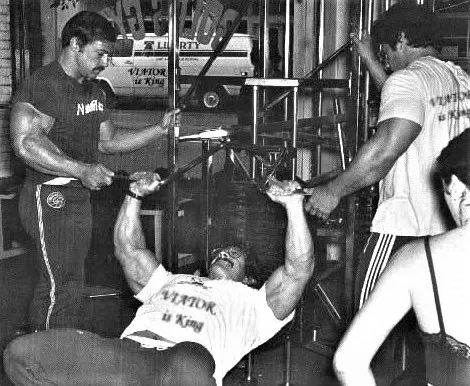
Nutirion & Diet
Mentzer was as much of a pioneer in nutrition as he was in training. Mike didn’t agree with the bodybuilding magazines of the day and believed they overplayed the importance of protein. He argued that muscle is only 22% protein so our protein requirements aren’t nearly as high as the magazines suggest.
Golden Era bodybuilders swore by a high-protein, high-fat, low-carbohydrate diet. In order to get stage ready, they would cut carbs and lower their calorie intake. Mentzer disagreed with this approach. Mike was one of the first bodybuilders to count calories. He believed that if you eat a well-balanced diet and stay in a caloric deficit, there was no reason why you couldn’t eat refined carbohydrates.
Mentzer enjoyed eating ice cream and candy bars, even before competitions. Mike was way ahead of his time and the first example of the If It Fits Your Macros (IIFYM) approach to nutrition. This was almost three decades before the diet saw popularity.
Prior to the 1979 Mr. Olympia contest Mentzer was eating over 200g of carbohydrates a day. Mike claimed to eat pancakes three times a week and ice cream every day. However, his diet wasn’t reckless. Mentzer was sure to keep his calories below 2,000 a day and remain very active during the run-up of the show. Mentzer took second place at the Mr. Olympia and was arguably the most conditioned.
Staples of Mike Mentzer’s diet included:
- Grains & Cereals: 4+ servings a day
- Fruits & Vegetables: 4+ servings a day
- High-Protein Foods: 2+ servings a day of fish, meat, & eggs (average serving of 3.5 ounces)
- Milk & Cheese: 2 servings per day
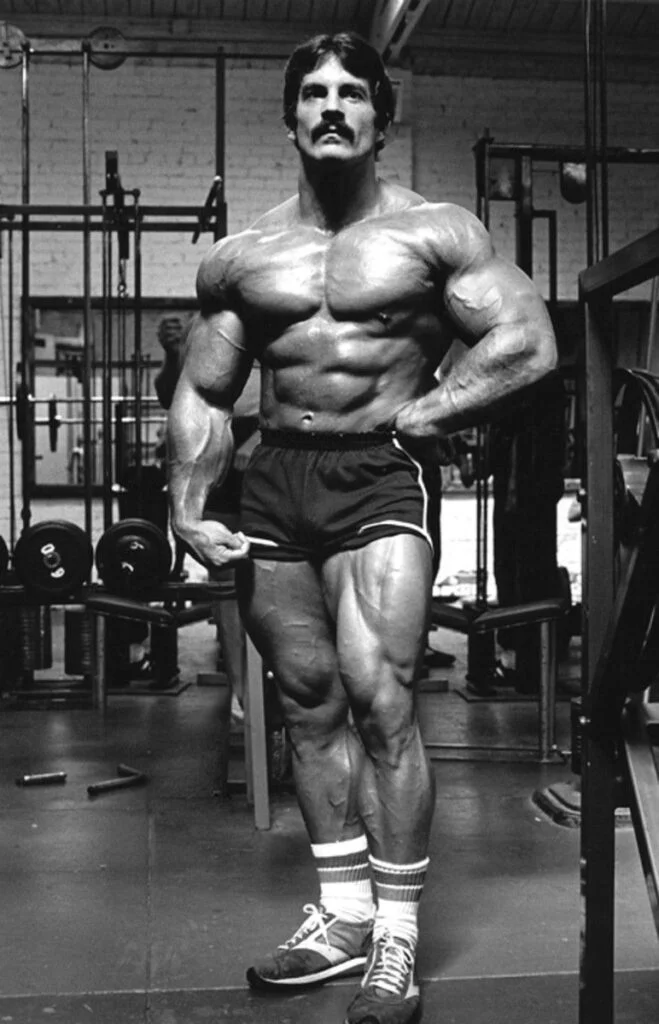
Mike Mentzer will be remembered as one of the most intelligent and devoted bodybuilders of all time. Despite the tragedies that plagued his life, Mike always found a way to battle through and come out the other side. Mentzer overcame an addiction to amphetamines, the passing of his father, and his fall from grace within the bodybuilding community. Mentzer was a true maverick and pioneer in the sport. His approach to training and nutrition was totally novel and made way for many of the advancements in bodybuilding we see today.
